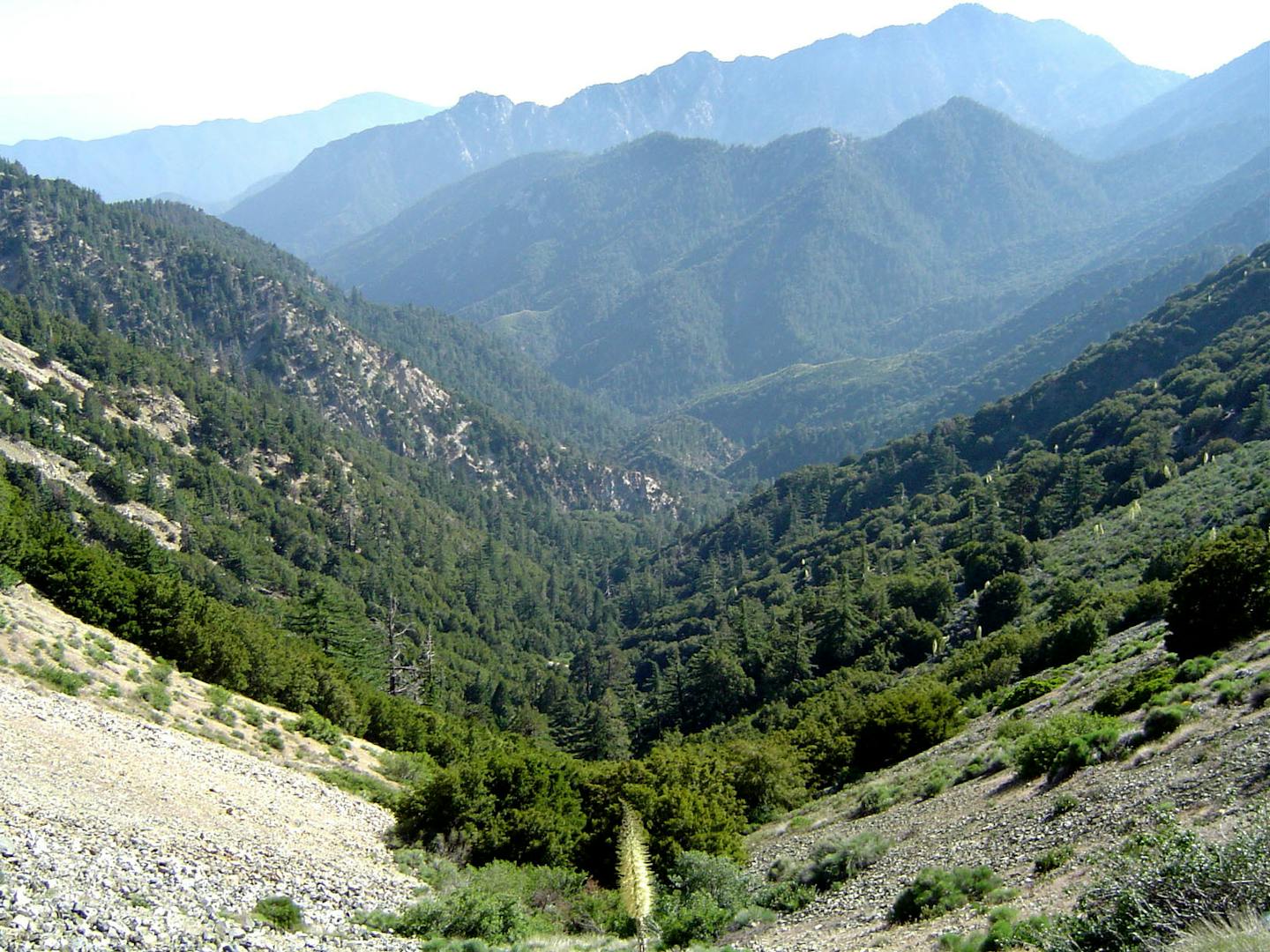Webinar Recap: Protecting LA’s Biodiversity Hotspot, Restoration Success in the Angeles National Forest
Each Wednesday, One Earth will be featuring a webinar recap from organizations and scientists around the world that focus on important topics such as biodiversity, conservation, food justice, and the intersections of environmental and human health.
In 1970, fifteen year old Andy Lipkis planted his first tree in the San Bernardino Forest. Fifty years later, with 60 employees and more than 7,000 volunteers, TreePeople is one of the leading plant restoration groups in Southern California. Working through grassroots community organization and government collaboration, their mission is to create a climate-ready Los Angeles with equitable tree canopy and local water supply. Program Manager, Thierry Rivard, along with Program Coordinators, Alyssa Walker, Matthew Loftis, and Hannah Crispi, led a webinar on their recent achievements in restoring regions of the Angeles National Forest and opportunities for the public to join their cause.
Despite being the second largest city in the United States, Rivard begins, Los Angeles is surrounded by mountain wilderness. The San Gabriel Mountains lie north of the city and is home to the Angeles National Forest, which is a recognized National Monument and the site of many of TreePeople’s replanting programs. Volunteers from the organization journey into remote places within the forest to replant in areas that have been damaged by fire, drought, or invasive plant species.
One such site, Walker walks us through satellite imagery and shows that in March 2017 there was a small vibrant green patch surrounded by brown grassland. By December 2017, the green is completely gone and even the brown area has turned a funky off-color yellow. This is mustard, an invasive species to California. Fast forward to 2020, the area is teeming with multiple greens of scrubs, grasses, trees, and even some purple spots with flowers. TreePeople begins with passive restoration, or removing the invasive species, and then begins planting native greens. They are armed with 40-50 native species, seeds, and saplings to bring back the wild right outside of Los Angeles.
Bringing back plant diversity has a secondary effect, wildlife diversity. Loftis leads us through the group’s site cameras in which you can see roadrunners, skunks, deer, and bobcats all making homes in the area. TreePeople also reports population growths of scorpions, dragonflies, hog wasps, honey bees, rattle snakes, birds, rodents, tarantulas, and even a mother mountain lion and her cub’s paw prints where found.
One of the most successful projects has been bringing the Nevin’s barberry back to the region. At one time there were only 100 known plants of this kind left in the world. Treepeople, to date, has added 600 individuals to the Angeles National Forest. Loftis says he often gets the reaction of “it’s just one plant” and then gives the visualization of the game of Jenga. If you take one piece out, “it’s standing still, but you’re going to get to a point where you’ve taken too many pieces out, species out, and the whole thing is going to fall.”
TreePeople are continuing their work and welcome local volunteers at any time. Their hope for the future is to begin working with Tataviam, the Indigenous people of Southern California. As they progress planting trees throughout the slopes of the San Gabriels, they think it is vital to understand native knowledge and begin collaborating with the “people of the sun” or “sunny slope people”.


